Air pollution is often associated with fumes from vehicles, haze, smog and a thinning ozone layer. In other words, we tend to think of air pollution as dirty outdoor air poisoned by manufacturing plants, vehicles and so on.
Though the truth is, the air that you breathe indoors could be as polluted or worse, more polluted than the outdoor air that you’re inhaling. The air inside your home may not stink of the byproduct of gasoline or fumes from a factory but that doesn’t mean that it’s any cleaner.
Dust, formaldehyde and volatile organic compounds (VOCs) are common indoor air polluters. Plus, mix it up with mould and pet dander, the air that you’re breathing in at home could be harming your health too. It can cause allergies as well as irritate your lungs, nose and skin. Also, in the long run, repeated exposure to indoor air pollutants could lead to some serious medical conditions such as cancer.
Especially when we are now spending more time indoors during this pandemic. Here’s all you need to know about indoor air pollution and how to prevent it.
‘Though the truth is, the air that you breathe indoors could be as polluted or worse, more polluted than the outdoor air that you’re inhaling’.
The common culprits
Believe it or not, the common causes that are polluting the air in your home are from items that you intentionally bring into your home. This includes:
- Household cleaners
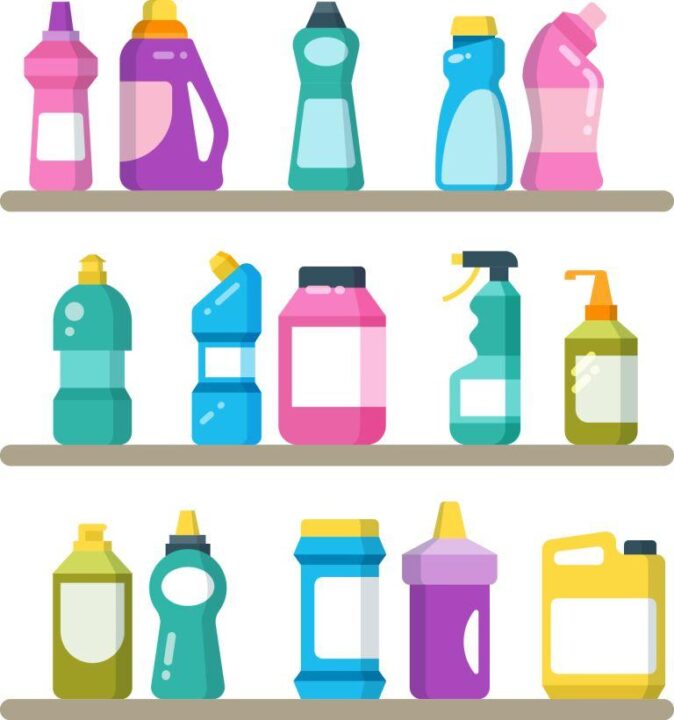
Some cleaning supplies contain harsh chemicals that may make them effective when it comes to cleaning dirt and stains but not when it comes to keeping the air at home clean. Fumes from these chemicals can cause irritation, worsen inflammation and allergies.
- Cigarette smoke
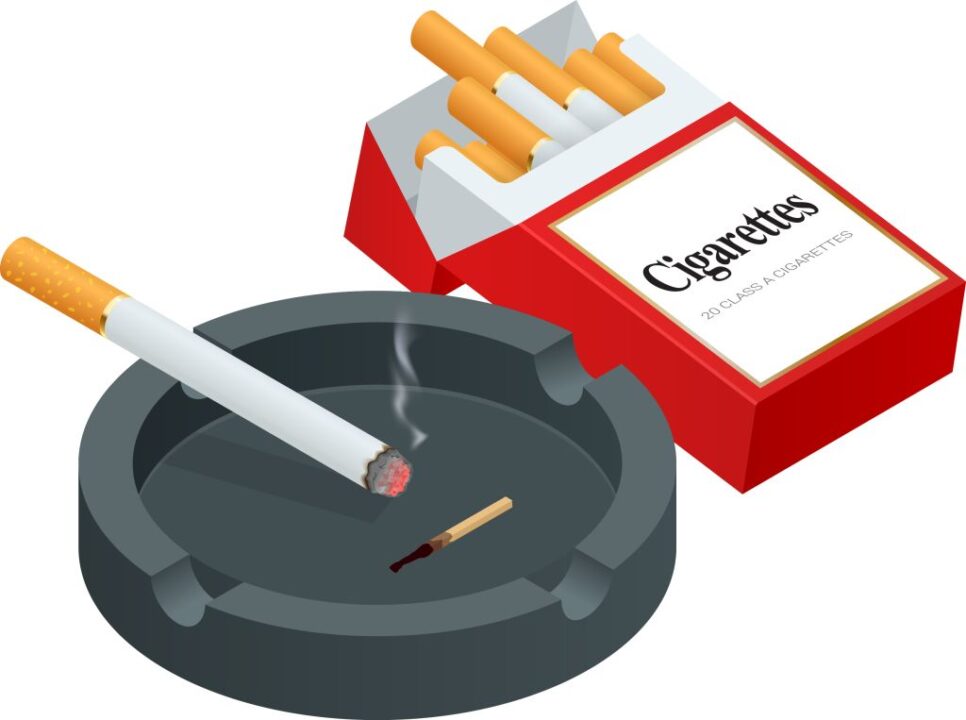
No, it’s not a scene that occurs only in movies where a room is filled with smog, no thanks to cigarette smoking. There are smokers who light cigarettes in their very own home and it’s no surprise that cigarette smoke causes indoor air pollution. The gas and particles emitted into the air due to smoking is a health hazard for all, especially the young as they are more likely to be playing indoors.
- Decorative items
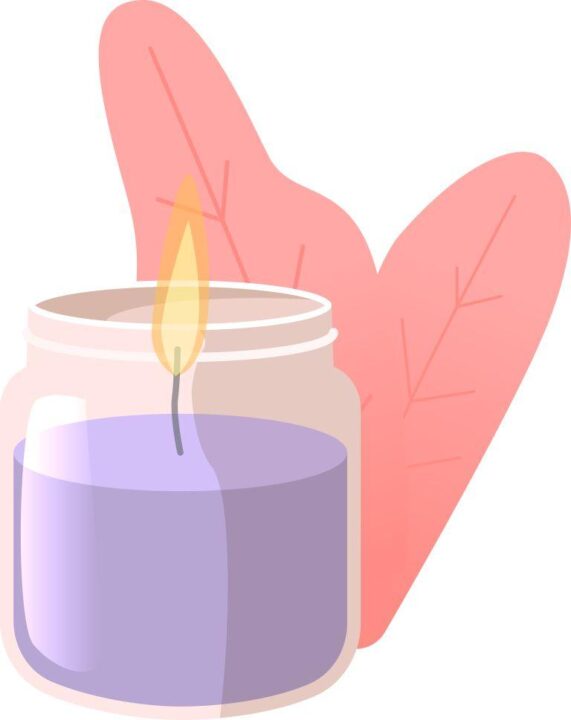
Decorative items are brought into your home to give it more life. These additional touches are pretty but they could be harmful too. Candles for instance give a beautiful cozy touch to any space but burning them releases volatile organic compounds that turn into gas. If you love candles, consider burning soy-based candles instead of those made out of paraffin.
Steps to cleaner air
Fortunately, there are many steps that you can take to improve the air quality at home. Here’s what you’ll need to do (You would be glad to know that some of the steps below are already part of your household cleaning routine).
#1 Air it out!

Open up your windows and doors and allow the air to circulate.
#2 Suck it up
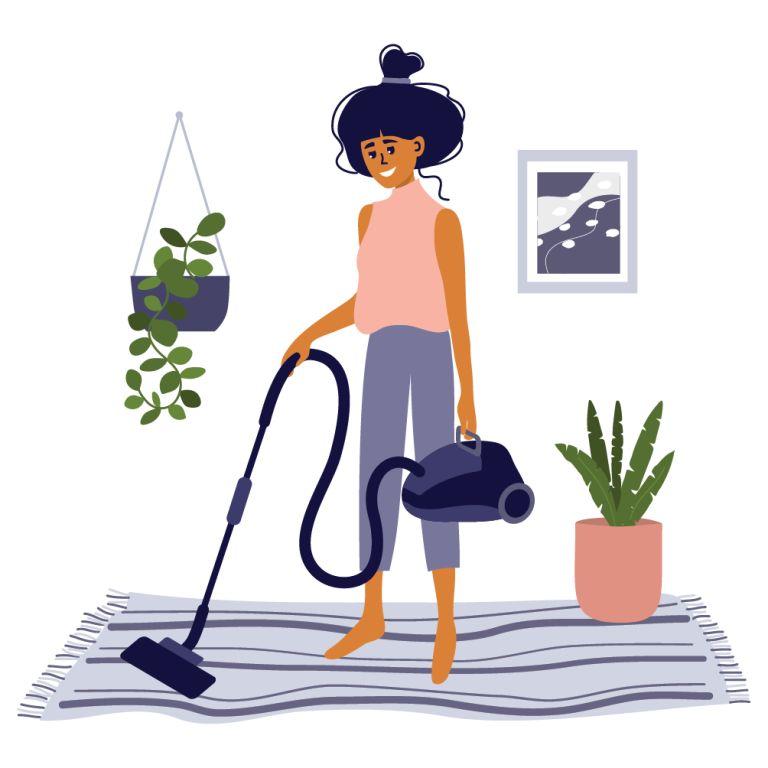
Reduce allergens and dust in your home with a vacuum cleaner that has a HEPA filter.
#3 De-clutter
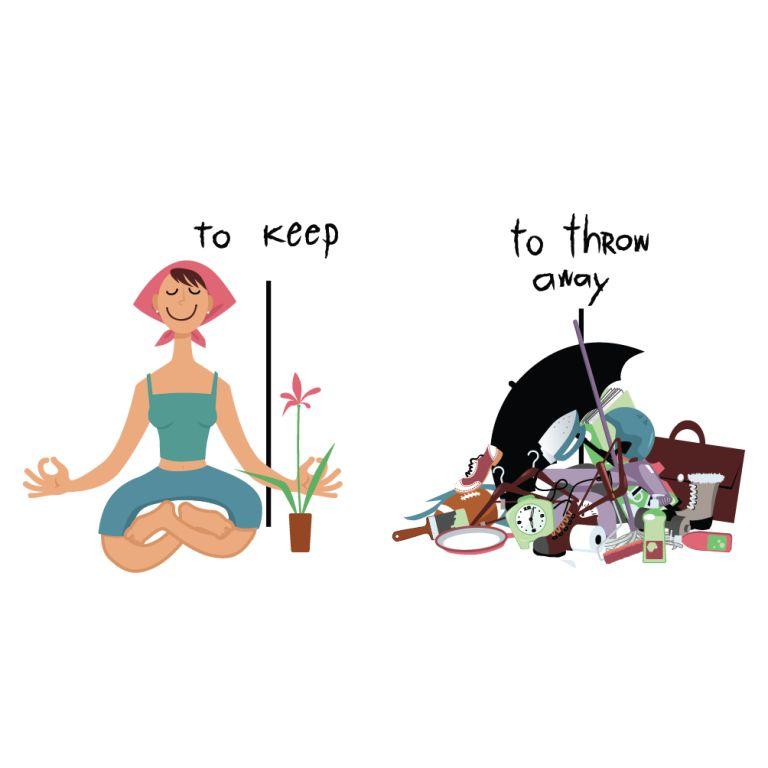
A cluttered house is a home for more dust and possibly pests such as mice and cockroaches. Keep your home healthy by clearing up your home (and it’s also therapeutic)!
#4 DIY outdoors
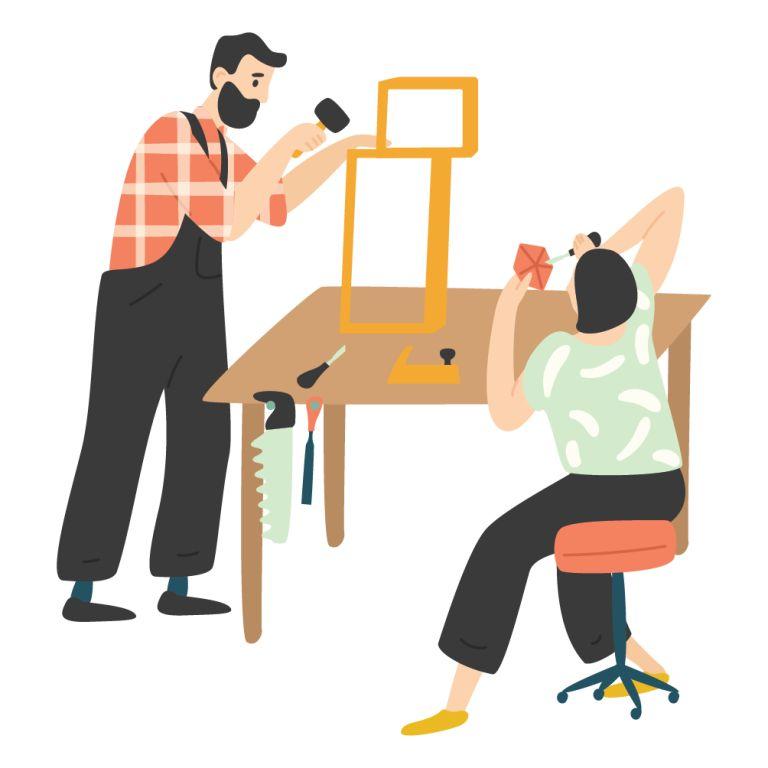
If you’re using craft supplies or doing a DIY project, it’s best to do it outdoors or in a well-ventilated space.
#5 Fix leaks
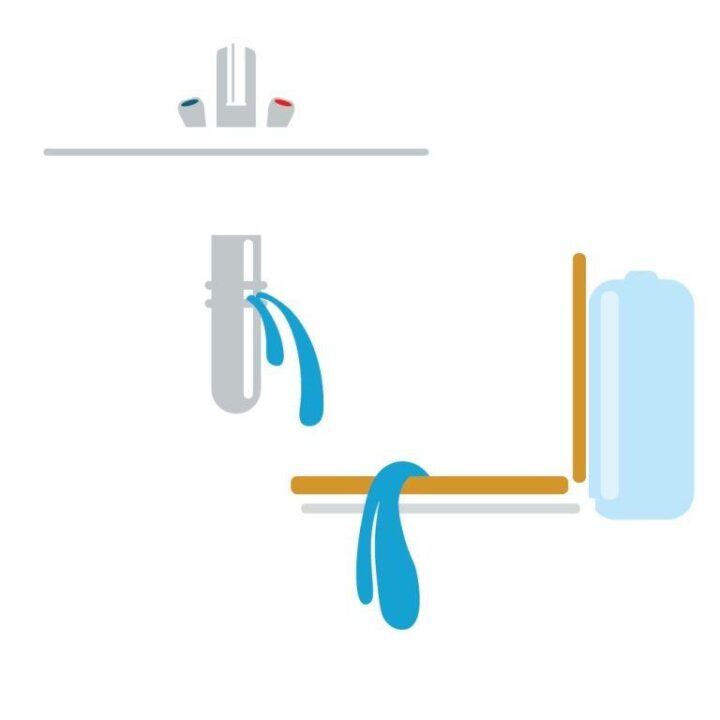
Dampness and moisture stimulates the growth of mould which releases VOCs as well as particles into the air.
#6 Fans and vents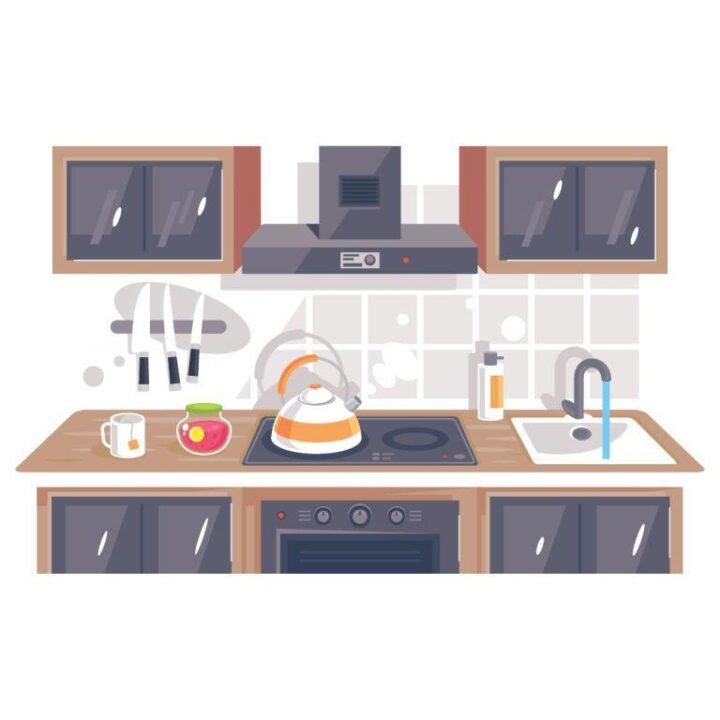
Be sure that your exhaust fans and kitchen vents are functioning well.
#7 Mop all around
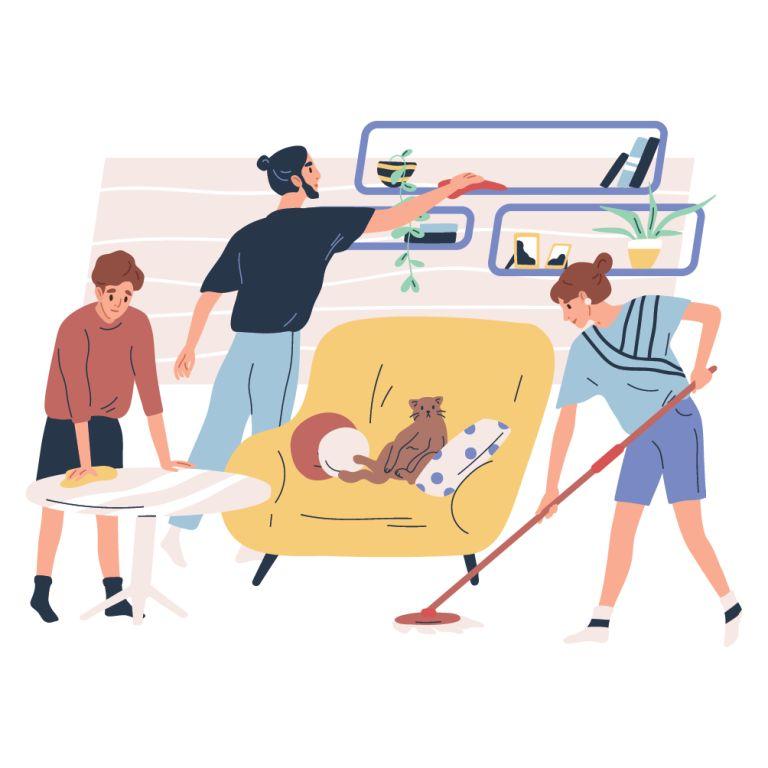
Mopping your house helps to pick up fine dust that was left behind when vacuuming. You may use just water, add baking soda or a gentle floor cleaner.
#8 Keep your shoes outdoors

While it’s a common practice to remove shoes before entering your home, there may be times whereby this practice is disregarded. When that happens, dirt, pesticides and other pollutants might enter your home.
9 Control humidity
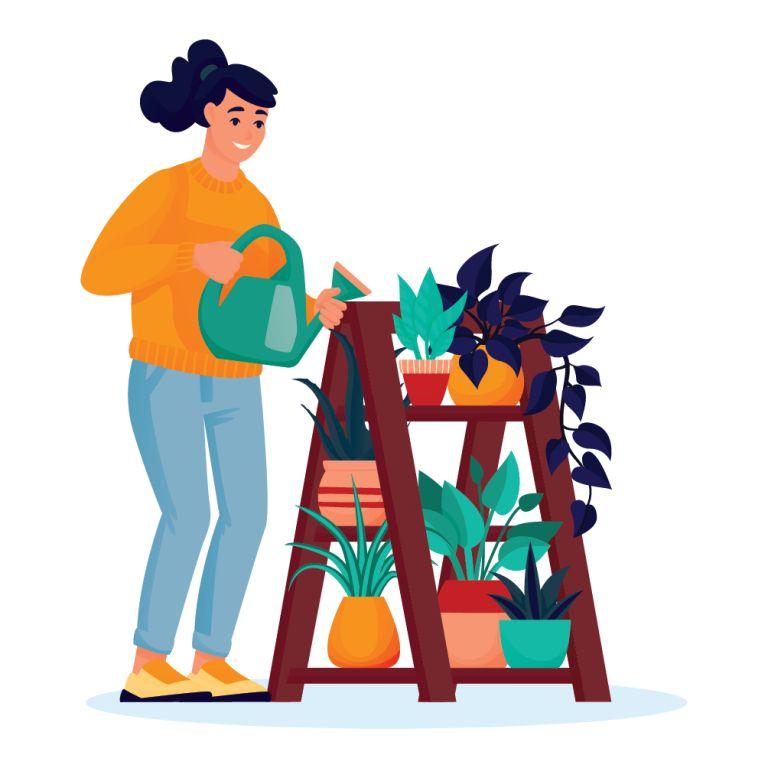
Steps such as avoiding overwatering your houseplants and opening the window when bathing or cooking helps to reduce the humidity level in a room.
#10 No-smoking zone

Make your home a no-smoking zone. Secondhand smoke does not only pollute the air but it’s a serious health hazard too.
#11 Au-natural fragrance
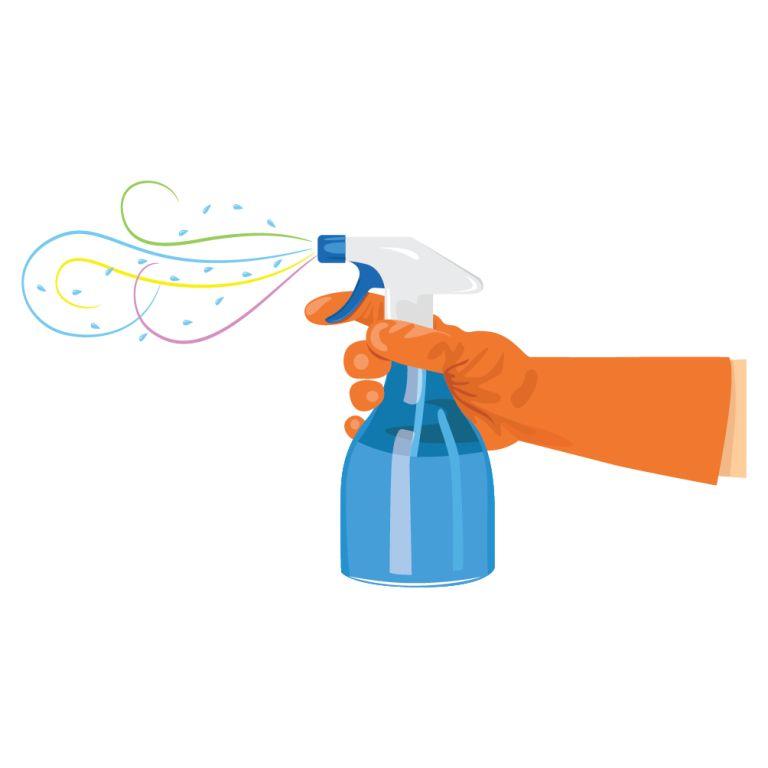
Air fresheners, aerosol sprays and other artificially scented products emit VOCs that can be health hazards when inhaled. Allow your home to smell good naturally with dried citrus peels or by just airing your home!
#12 Wash weekly
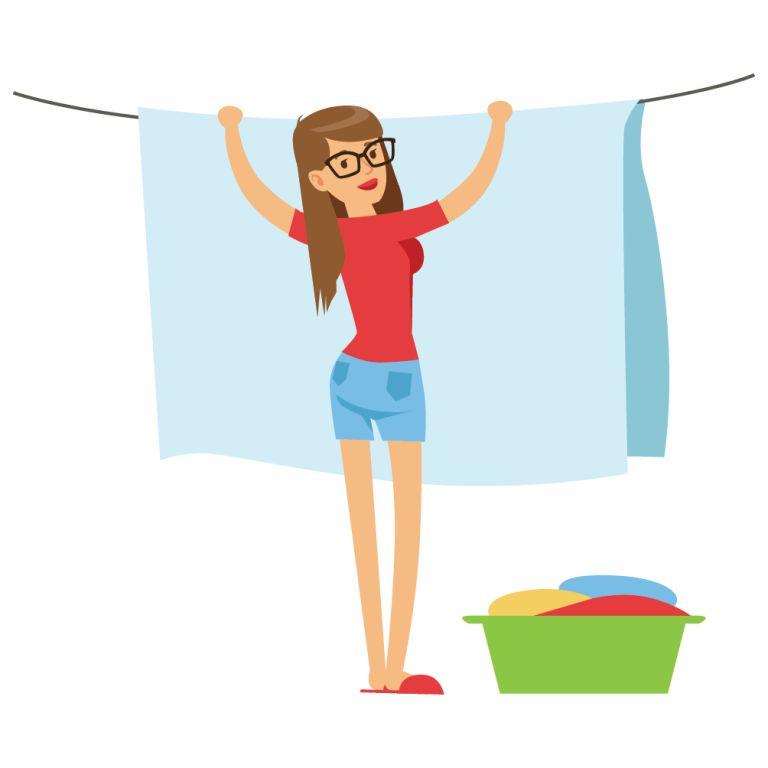
Wash your bedding and cushion weekly to reduce dust mites and other germs that are naked to the eye. Make your home a healthy sanctuary. Poor indoor air quality can affect your sleep, health and your quality of life.












